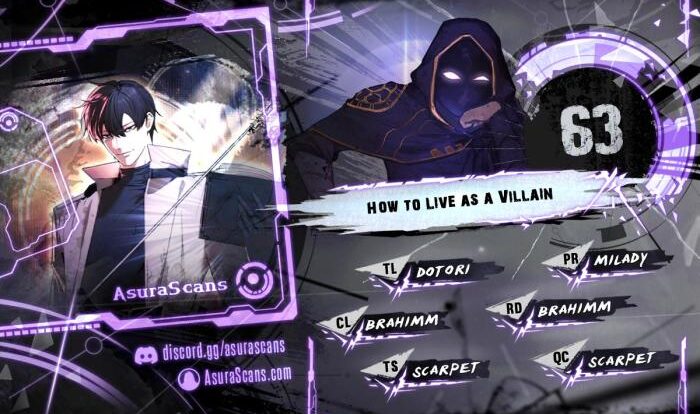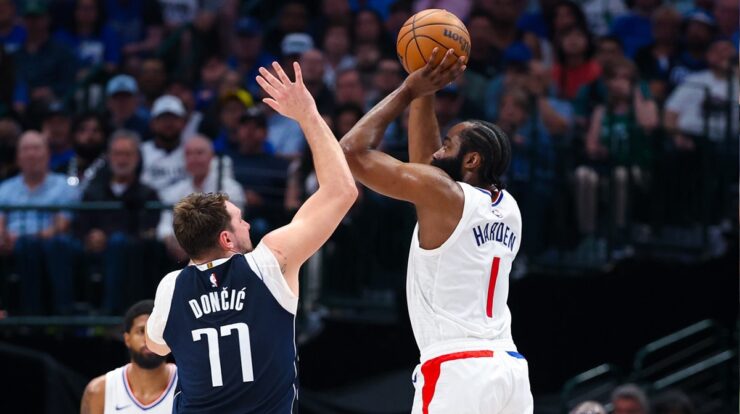
How to live as a villain ch 94 – Dive into the sinister world of villains with “How to Live as a Villain: Chapter 94.” This chapter unveils the captivating traits, motivations, and complexities of the villain, painting a vivid picture of their journey toward darkness.
As we delve into the villain’s psyche, we’ll explore their cunning strategies, manipulative tactics, and the profound impact they have on the narrative. Join us on this thrilling exploration of the villain’s twisted path.
Villainous Characterization
In chapter 94, the villain is characterized by a potent blend of cunning, ruthlessness, and a thirst for power. These traits manifest in their every action and decision, shaping the narrative into a gripping tale of conflict and intrigue.
Cunning and Deception
The villain’s cunning is evident in their ability to outsmart their opponents and anticipate their every move. They employ deception as a weapon, using lies and misdirection to manipulate others and gain an advantage. Their actions are calculated and precise, leaving little room for error.
Ruthless Ambition
Driven by an insatiable thirst for power, the villain is willing to do whatever it takes to achieve their goals. They have no qualms about resorting to violence, manipulation, or even betrayal to eliminate anyone who stands in their way.
Their ambition knows no bounds, and they are determined to dominate all who oppose them.
Impact on the Narrative
The villain’s complex and compelling characterization drives the narrative forward. Their cunning and ruthlessness create a constant sense of tension and uncertainty, as readers are left wondering what they will do next. Their ambition provides a clear and tangible goal for the heroes to strive towards, creating a compelling conflict that keeps readers engaged.
Villainous Goals and Motivations

Villains are not born, they are made. They are often driven by a powerful desire for revenge, power, or control. Their goals are often grandiose and their methods ruthless. But what are the ethical implications of their actions? And what are the potential consequences?
The primary objective of a villain is to achieve their goal, whatever it may be. This goal may be personal, such as revenge for a past wrong, or it may be more global, such as the desire to conquer the world.
Looking for a thrilling adventure? Check out how to live as a villain ch 94 and immerse yourself in a captivating story of intrigue and deception. The narrative is rich with unexpected twists and turns that will keep you on the edge of your seat.
Prepare to be transported to a world where the boundaries between good and evil blur, and where the pursuit of power becomes an all-consuming obsession. Don’t miss out on this epic tale that will leave you questioning the very nature of villainy.
The methods employed by villains to achieve their goals vary widely, but they often involve violence, deception, and manipulation.
Ethical Implications
The ethical implications of a villain’s actions are complex. On the one hand, villains often commit heinous crimes in pursuit of their goals. These crimes may include murder, torture, and kidnapping. On the other hand, villains may also be seen as heroes by those who share their goals.
For example, a villain who fights against a tyrannical government may be seen as a hero by those who are oppressed by that government.
Potential Consequences
The potential consequences of a villain’s actions are also complex. In some cases, villains may be successful in achieving their goals. However, in other cases, they may be defeated by their enemies or they may simply fail to achieve their goals.
The consequences of a villain’s actions can be far-reaching, affecting not only the villain themselves but also the people around them.
Villainous Relationships and Dynamics

Villains often have complex and intricate relationships with other characters in the story. These relationships can range from close friendships and alliances to bitter rivalries and betrayals. They can also play a significant role in shaping the villain’s behavior and motivations.
One of the most common types of villainous relationships is the partnership or alliance. In these relationships, two or more villains work together to achieve a common goal. This can be a mutually beneficial arrangement, or one villain may be using the other for their own ends.
Another common type of villainous relationship is the rivalry. In these relationships, two villains are in direct competition with each other for power, resources, or territory. This can lead to intense conflict and violence.
Finally, villains can also have relationships with non-villainous characters. These relationships can be complex and ambiguous. For example, a villain may have a close relationship with a family member or friend who is unaware of their true nature.
If you’re into power and control, then you’ll definitely want to check out how to live as a villain ch 94 . This chapter is all about how to use your dark powers to get what you want. From manipulating people to crushing your enemies, this chapter has everything you need to know to become a master villain.
The power dynamics and conflicts within villainous relationships can be complex and ever-changing. One villain may be dominant over the other, or the power balance may shift depending on the circumstances. These conflicts can lead to betrayal, violence, and even death.
The Importance of Villainous Relationships, How to live as a villain ch 94
Villainous relationships are an important part of any villainous character. They can provide motivation, conflict, and depth to the character. By understanding the different types of villainous relationships and the power dynamics within them, you can create a more complex and believable villain.
As we continue on in how to live as a villain ch 94, we’ll dive deeper into the intricate world of villainy. Don’t miss out on the latest chapter of how to live as a villain ch 94 to unravel the secrets of becoming a master manipulator and conquering the dark side.
Villainous Setting and Environment
The setting of a villain’s story can play a crucial role in shaping their character and motivations. The social, political, and economic factors present in their environment can influence their rise to power and the nature of their evil deeds.
Social Factors
The social environment can significantly impact a villain’s development. Factors such as poverty, inequality, and social injustice can foster resentment and a desire for revenge, providing a fertile ground for villainous behavior.
Political Factors
Political systems can also contribute to the creation of villains. Corrupt or oppressive regimes can stifle dissent and create an atmosphere of fear, leading individuals to turn to violence or manipulation as a means of resistance.
Economic Factors
Economic inequality and lack of opportunity can drive people to desperate measures. When individuals feel they have no legitimate means of achieving their goals, they may resort to criminal or villainous acts to gain power and wealth.
Environmental Factors
The physical environment can also shape a villain’s character. Harsh or unforgiving conditions can foster a sense of isolation and despair, leading to a warped worldview and a desire for control.
Villainous Redemption or Transformation

In the complex narrative of chapter 94, the possibility of redemption or transformation for the villain presents an intriguing prospect. Factors such as profound personal experiences, confrontations with their own morality, and the influence of external forces could contribute to a significant shift in the villain’s character.
Consequences of Transformation
Should the villain undergo a transformation, the consequences for the story and its characters would be substantial. A redeemed villain could bring about unexpected alliances, challenge the established power dynamics, and potentially alter the entire trajectory of the plot. Conversely, a transformation that falls short of complete redemption could create a morally ambiguous character, adding depth and complexity to the narrative.
Final Wrap-Up
Chapter 94 of “How to Live as a Villain” leaves us with a chilling reminder of the power and influence wielded by villains. Their motivations, relationships, and environment shape their actions, driving them toward their sinister goals. Whether they find redemption or remain consumed by darkness, their legacy will forever be etched in the annals of evil.
FAQ Explained: How To Live As A Villain Ch 94
Who is the main villain in Chapter 94?
The identity of the main villain in Chapter 94 remains shrouded in mystery, adding to the suspense and intrigue of the story.
What are the villain’s primary objectives?
The villain’s goals are ambitious and far-reaching, involving the manipulation of power and the pursuit of personal gain.
How does the villain’s environment influence their actions?
The villain’s surroundings play a crucial role in shaping their character, providing opportunities for manipulation and fueling their thirst for control.




